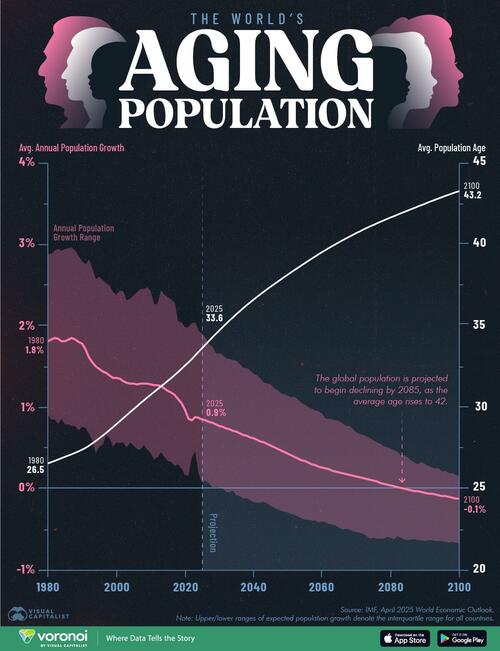The deposits and advances of the Indian banking system are likely to record a significant uptick in 2023-24. Bank deposits are likely to end this fiscal year with 13-14% growth. However, credit growth will outpace this and could end the year with 19-20% growth. Even if we net out the merger impact of HDFC, the story does not change materially. This is a structural break, as nominal GDP growth is likely to end 2023-24 below 10%, so credit as a multiple of nominal GDP growth will be about 2.3 times, against a 7-decade average of close to 1.5. Even if the ratio moderates to about 1.5 over the medium term, we will still have a short-term credit spurt. Against this backdrop, it is imperative to understand where bank deposit growth is headed.
First, let’s address a misplaced narrative: that the financialization of savings, particularly by way of mutual funds (MFs), has been crowding out incremental growth in bank deposits. As per depositories data, around 120 million new demat accounts were opened from 2014 to 2023. As per National Stock Exchange data, about 85 million unique investors (55 million added in the last four years) from about 17% of Indian households are directly investing in the Indian stock market, mostly through public issues.
The MF industry has ₹52.7 trillion worth of assets under management (AUM) as of end January, and 150 million investor folios. On an average, over 1.2 million new folios have been added every month since April 2017. It is expected that the MF industry’s AUM will cross ₹100 trillion in the next nine or 10 years. This, however, does not necessarily mean a decline in bank-deposit growth, as some financial analysts have argued.
Firstly, if we look at the MF industry’s net inflows/outflows, we see net inflows of ₹22 trillion from 2013-14 till end-January of 2023-24, the equivalent of about 41% of the incremental current-and-savings-account (CASA) deposits that banks got in the same period. The AUM of MFs increased by ₹45.7 trillion from 2013-14 to 2023-24 (combined effect of inflows and increased asset values), while deposits of the banking system increased by around ₹137 trillion (likewise). So, the AUM of MFs expanded by around a third of bank deposit value. This indicates that flows into MFs came from deposits in the banking system; otherwise, deposit growth would have slumped and banks could have faced asset-liability mismatches.
How do we explain this link?: When a customer buys MFs, the money mostly flows from the person’s savings account to the current accounts of MF distributors (and vice versa). Thus, it is debited from the customer’s account but stays in the banking system. Even upon the redemption of MF units, the money flows into the customer’s account from the company’s accounts. Thus, deposits shift from savings into current accounts when a retail investor invests, and the other way round when the investor redeems the investment. Thus, a decline in bank deposits is MF-agnostic.
This is borne out by other data. If we look at incremental deposits in savings accounts, their share in total deposits has reduced to 20% in 2022-23 from 40% in 2019-20, while incremental current account deposits in total deposits have increased to 10% in 2022-23 from 8% in 2019-20. The overall CASA proportion, however, has declined from 45.2% in 2021-22 to 40.5% in 2023-24. The reason for this sharp recent decline is that deposits in savings bank accounts have flowed into time deposits, with banks having raised their time-deposit rates. The share of time deposits in incremental deposits has zoomed to 93% in 2023-24 from 44% in 2021-22, while that of CASA has dropped from 56% to 7% in the same period. This pronounced shift towards time deposits is not a surprise, as CASA deposits are usually meant for transaction purposes.
If we look at the instrument-wise financial assets of Indian households from 2019-20 to 2022-23, it reveals that households are conservative and 94% of flows go towards fixed-income instruments like bank deposits, small savings schemes, etc, while only 6% flows to markets (equity 1.3% and MFs 4.7%). These numbers may have remained at the same level in 2023-24.
Coming back to the broad outlook on deposits, the increased market participation of retail investors will increase the current-and-savings account deposits of banks, as it works in a cycle. Bank deposits will continue to expand, but banks exploring variable term deposit rates, as is being suggested in some quarters, will continue to remain a huge challenge, as retail investors (senior citizens and the like) will always prefer a steady rate of return. That idea was experimented with by State Bank of India back in 2001, but did not find much traction.
That product will be successful only if the Reserve Bank of India issues guidelines to banks directing them to mobilize fresh deposits only at floating rates, as with loans linked to external benchmarks. Variable term deposit rates could also be incentivized through differential tax treatment (say, a lower tax for those who choose variable term rates). On their own, they lack appeal.
However, other product innovations like women-centric products could emerge as the Indian banking sector prepares to support India’s quest for a $5 trillion economy. Despite rising deposits held—and loans taken—by women, very few women-centric products are available that are appropriately designed to serve their needs.
These are the authors’ personal views.















